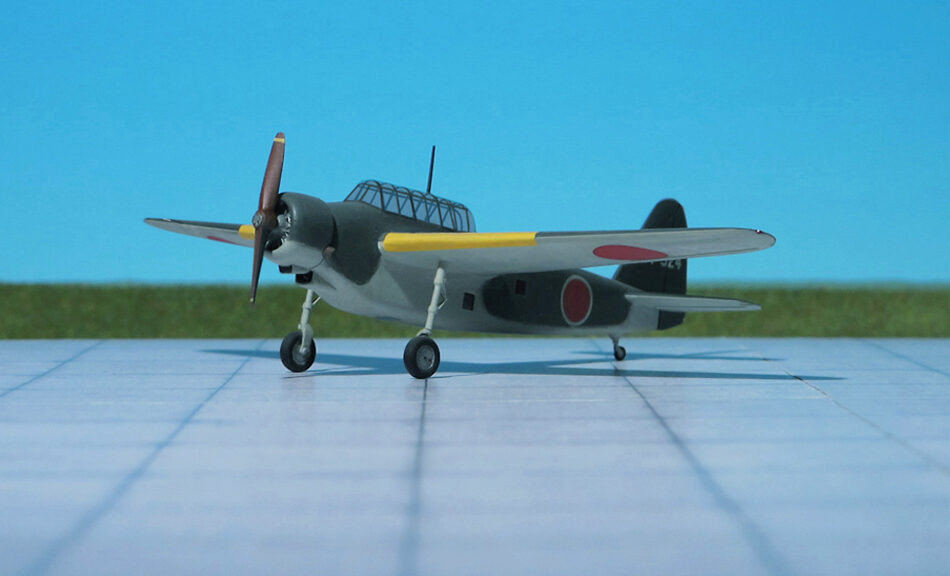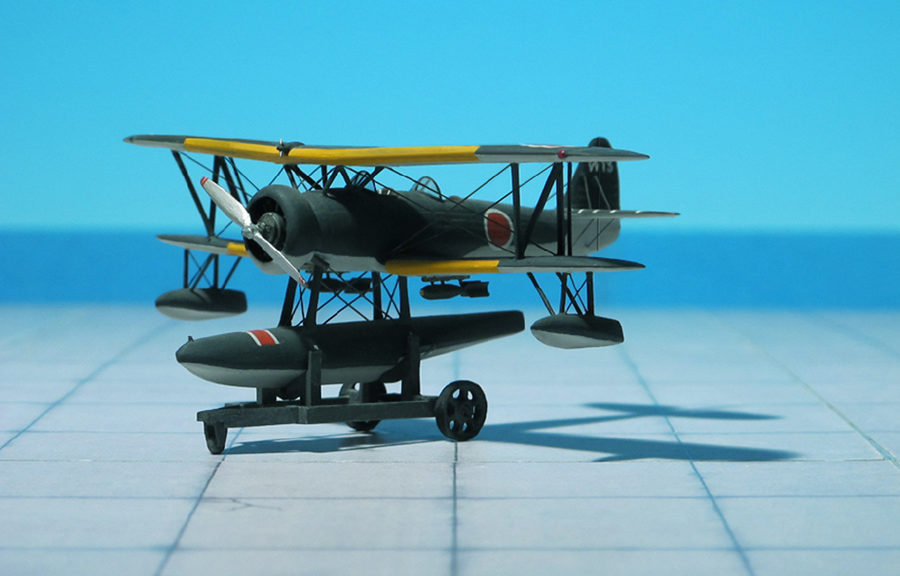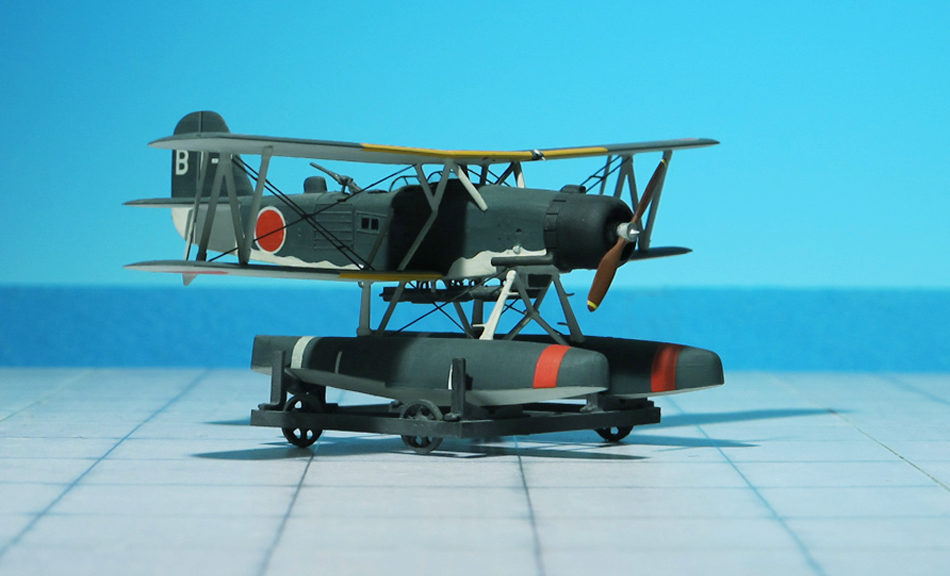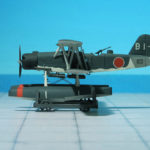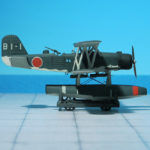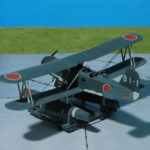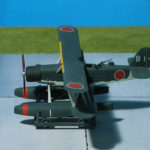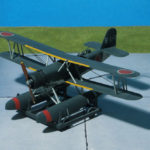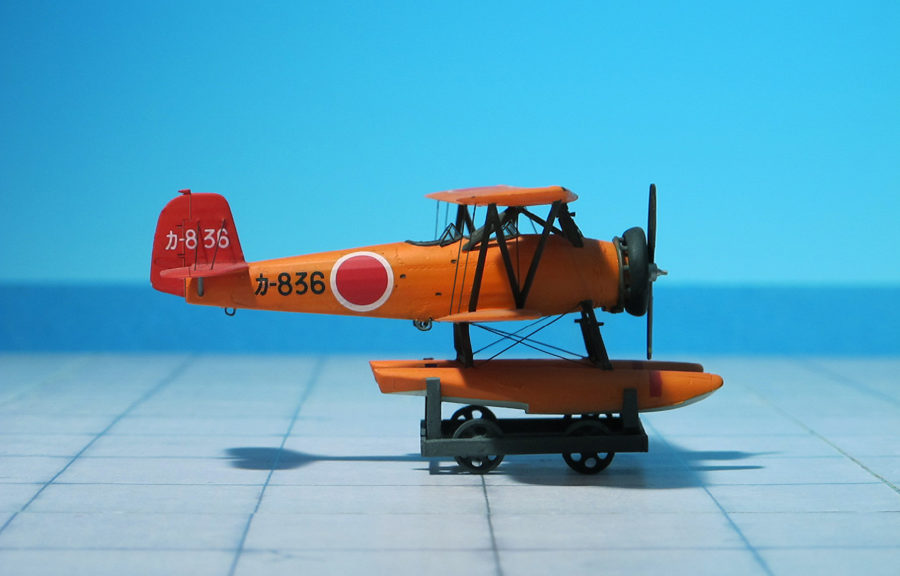TYPE: Trainer aircraft
ACCOMMODATION: Crew of five
POWER PLANT: One Hitachi GK2B Amakaze 21 radial engine, rated at 515 hp
PERFORMANCE: 140 mph at 5,577 ft
COMMENT: The Kyushu K11W Shiragiku (“White Chrysanthemum”) was a land-based bombing trainer aircraft which served in the Imperial Japanese Navy Airforce Service (IJN) in the latter years of World War II.
In late 1940 work on a single-engined crew trainer began at K.K. Watanabe Tekkosho to meet the requirements set by the Japanese Navy in the 15-Shi specification calling for an aircraft intended to replace the Navy Type 90 Operations Trainer Mitsubishi K3M. Even though the aircraft was to be used to train a complete bomber crew, Watanabe retained a single-engine configuration and, with its wings mounted at mid-fuselage, deep belly and retactable main undercarriage, the aircraft bore a strong resemblage to the North American O-47 observation monoplane. The pilot and radio-operator/gunner were seated above the wing under a transparent canopy while the instructor, navigator and bombardier were housed in a cabin under the wing.
Powered by a 515 hp Hitachi GK2B Amakaze 21 air-cooled radial, the prototype K11W1 made its first flight in November 1942, and the flight trials programm was completed rapidly, as no major problems were encountered. Shortly after the reorganization of K.K. Watanabe Tekkosho into Kyushu Hikoki K.K. , the company received a production contract for the K11W1 which entered service in summer 1943 as the Navy Operations Trainer Shiragiku (White Crysanthemum) Model 11. For armament training the Shiragiku carried a single flexible rear-firing 7.7 mm machine-gun and two 30 kg bombs, but late in the war the aircraft was modified to carry a single 250 kg bomb for Kamikaze sorties.
Development of the Shiragiku led to the K11W2, an all-wood version, which was built in small numbers and saw limited service as a utility transport and anti-submarine aircraft. Experience with this version led to the design of a specialzed anti-submarine patrol aircraft, the Q3W1 Nankai (South Sea). The Nankai was a two seater retaining much of the structure oft he K11W2 and fitted with redesigned square-tipped tail surfaces, but its development was suspended when in January 1945 the maiden flight of the single prototype ended in a wheels-up landing (Ref.: 1).
